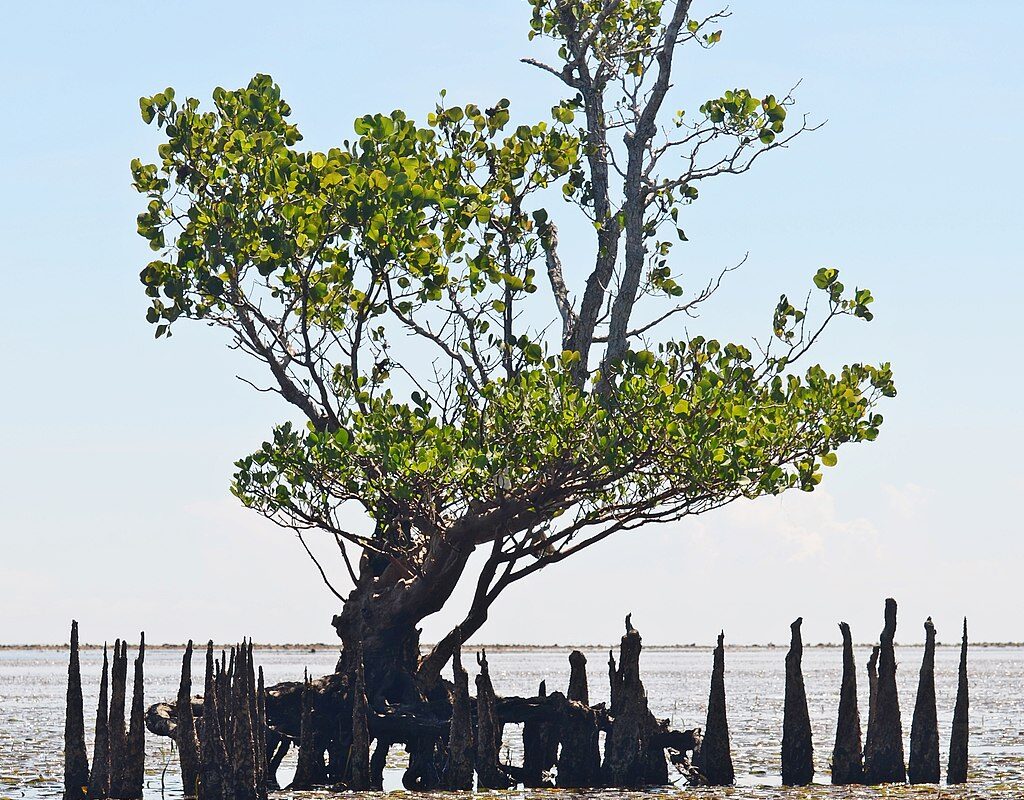Looking for a great way to experience the natural beauty of Ecuador and Galapagos Islands? Make sure to visit some of the country’s gardens and parks! From the Opuntias Garden in the north to Parque Chilibulo in the south, there is something for everyone. Each park offers its own unique set of plants and animals, as well as stunning views. Here is a list of some of the best gardens and parks to visit in Ecuador and Galapagos Islands.
Opuntias Garden: Located in the town of Ibarra, Opuntias Garden is home to over 200 species of cactus. Admission is just $0.50 for adults and $0.25 for children.
El Sanctuario: This park, located in the city of Quito, is home to over 100 species of birds, including the Andean condor. Admission is $0.75 for adults and $0.50 for children.
Parque Metropolitano Guangüiltagua: This park, located in the city of Guayaquil, offers stunning views of the cityscape. Admission is free for all visitors.
Parque Seminario: This park, located in the city of Cuenca, is home to a variety of trees and plants. Admission is free for all visitors.
Ecuagenera: This gardens, located in the city of Quito, specializes in native Ecuadorian plants. Admission is $0.75 for adults and $0.50 for children.
Jardin Botanico las Orquideas: This gardens, located in the city of Quito, is home to over 200 species of flowers. Admission is just $0.50 for adults and $0.25 for children.
Nathaly Butterfly Garden: This gardens, located in the town of Mindo, is home to over 500 species of butterflies. Admission is $0.75 for adults and $0.50 for children.
Parque La Carolina: This park, located in the city of Quito, offers a variety of activities, including a skate park and an outdoor amphitheater. Admission is free for all visitors.
El Panecillo: This hill, located in the city of Quito, offers stunning views of the cityscape. Admission is free for all visitors.
Parque El Ejido: This park, located in the city of Guayaquil, is home to a variety of trees and plants. Admission is free for all visitors.
Parque Chilibulo: This park, located in the town of Puerto Lopez, is home to a variety of birds and animals. Admission is free for all visitors.
Jardin Botanico de Cuenca: This gardens, located in the city of Cuenca, specializes in native Ecuadorian plants. Admission is $0.75 for adults and $0.50 for children.
Río Garden: This park, located along the Rio Napo in the city of Tena, offers stunning views of the Amazon rainforest. Admission is free for all visitors.
Did you know that the Galapagos Islands are home to many unique plant species? In this blog post, we’ll be discussing some of these unique plants, including the daisy tree and Palo Santo tree. Be sure to read on if you’re interested in learning more about the plants of the Galapagos Islands!
The daisy tree is one of the most notable plants on the Galapagos Islands. This tree is found only on the islands of San Cristobal and Santa Cruz. The daisy tree has large, white flowers that resemble daisies. Another unique plant on the Galapagos Islands is the Palo Santo tree. This tree is native to South America, but can also be found on the Galapagos Islands. The Palo Santo tree has a distinct aroma that many people find pleasant.
The prickly pear cactus is an important plant on the Galapagos islands. Not only does it provide food and shelter for a variety of animals, but it also helps to prevent soil erosion. The cactus has deep roots that help to hold the soil in place, and its thick pads act as a barrier against wind and water. In addition, the cactus produces a unique fruit that is an important food source for many animals. The prickly pear cactus is thus an important part of the ecosystem on the Galapagos islands, and its loss would have a serious impact on the health of the island ecosystem.
The Galapagos Islands are home to a variety of unique plant and animal life, including the mangrove tree. Mangroves are an essential part of the island ecosystem, providing food and shelter for many species of fish, birds, and other animals. The roots of mangrove trees act as a natural filter, trapping sediment and pollutants from the water. This helps to keep the water clean and healthy for all creatures that rely on it. In addition, mangroves help to protect against coastal erosion by stabilizing the shoreline. The trees also provide critical habitat for many endangered species, such as the Galapagos tortoise. For all these reasons, it is clear that mangroves play an important role in the health of the Galapagos Islands.
Other notable plants on the Galapagos Islands include:
-The cotton shrub
-The Sesuvium
Galapagos Islands does not have specific gardens because the whole islands is a garden!
Whether you’re looking to experience the country’s diverse plant life or get up close and personal with some of its feathered friends, Ecuador and Galapagos Islands has a garden or park to suit your needs!


